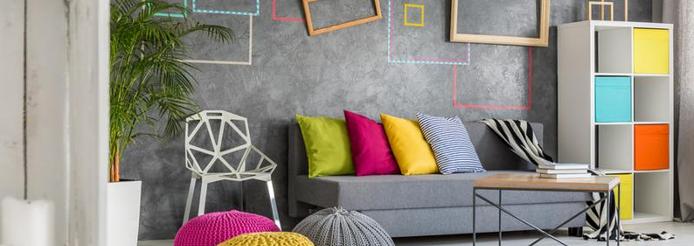“Anyone who launches new products will immediately appreciate the power of this resource to influence design direction, target appropriate price points, and select materials with high consumer appeal. What I love most is that it facilitates open and powerful discussions across the marketing, design and business teams. It minimizes reliance on “the gut feel” of just one individual in an organization and helps create a unified vision for success.”

No matter what product category we work in, we always find consumer segments that react differently to new products or concepts (which, in and of itself, is a great reason to do research - to identify the consumer for each of your products.) Your retail partners will be impressed that you know that and , if your research shows that your consumer is different than your competitor's consumer, they will likely reward you with shelf space, maybe even your competitor's.
Once your work reveals that there are different consumer segments supporting each of your products you can learn to leverage that knowledge and success. You can use it to create more products for the segments you have and you can use it to develop new products for the segments you haven't captured yet.
For those consumers who respond to your current product offerings, we recommend product proliferation efforts keyed to their known needs and wants. Are your clean, simple contemporary products finding the most appeal? To create more for them figure out why they buy this look. What’s the hook? What’s the key to their appeal? Is it because no one else offers that look in your category or because no one else does it they way you do or as well as you do? If the former, great – you’ve found a niche (don’t expect it to last long though). If the latter, you’ll need to spend more time and thought figuring out what worked and why. Sometimes the subtlest things are the difference between success and failure. This is especially true in design.
The most successful collections tend to be of two design types. The first is strictly narrow and deep. It reflects one design segment only, does it well and has strong appeal to people who like that style. The second successfully incorporates appeal to multiple design segments, thus broadening its appeal. Both are great when they work, but the latter tend to offer great opportunity because of their broader appeal. Let’s say your successful design has a tailored look. It wants smaller, tighter design elements. Can it accommodate a small floral or even a stylized small floral? If so, you might have taken a successful design (the tailored look) and given it greater breadth of appeal by adding those who like small florals to its purchaser base. Likewise, can you add one or two more colors, or possibly do the entire design in another colorway to broaden its base? Again, easy product proliferation.
How do we know the above to be true? Because when conducting design tests we include design collages to classify (segment) consumers by their tastes. We cross reference those who like each test design with these design segments/groups to see who the admirers were. Thus we can look at a bold floral design and report that 80% of those who would purchase it like bold florals in general. Another 15% might like small florals and the remainder are spread across other design segments. Again, one indicator of a strong design is how many design groups it appeals to. The more the better!
To learn more about the products you have out there now plus those you have in development, contact us about a design test today or click here to read about our design testing!



